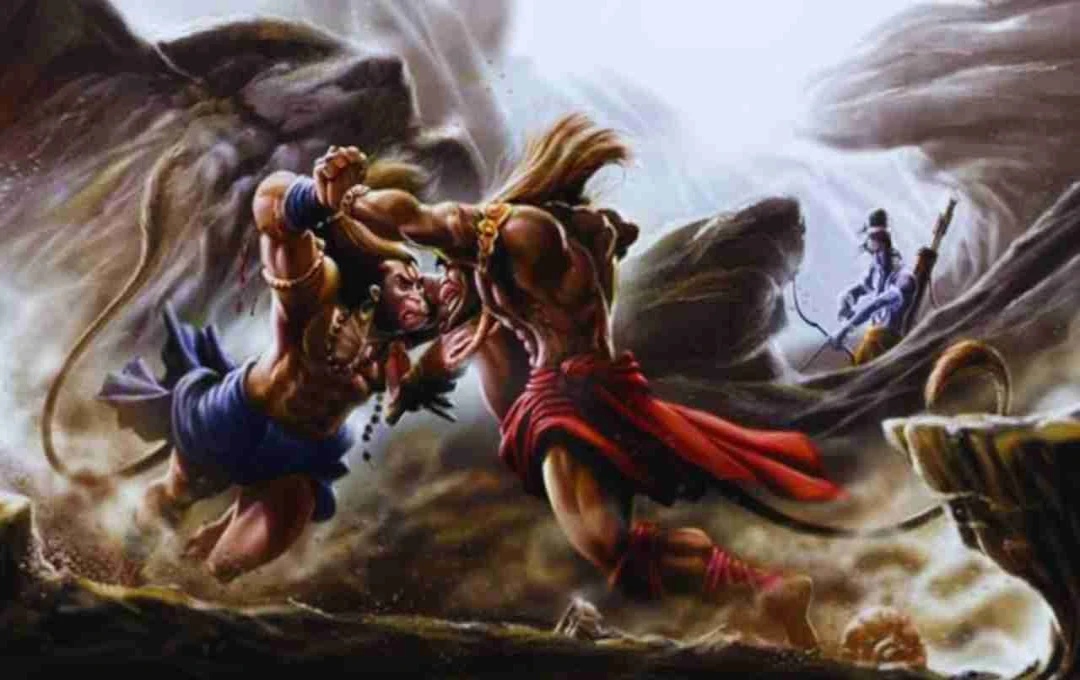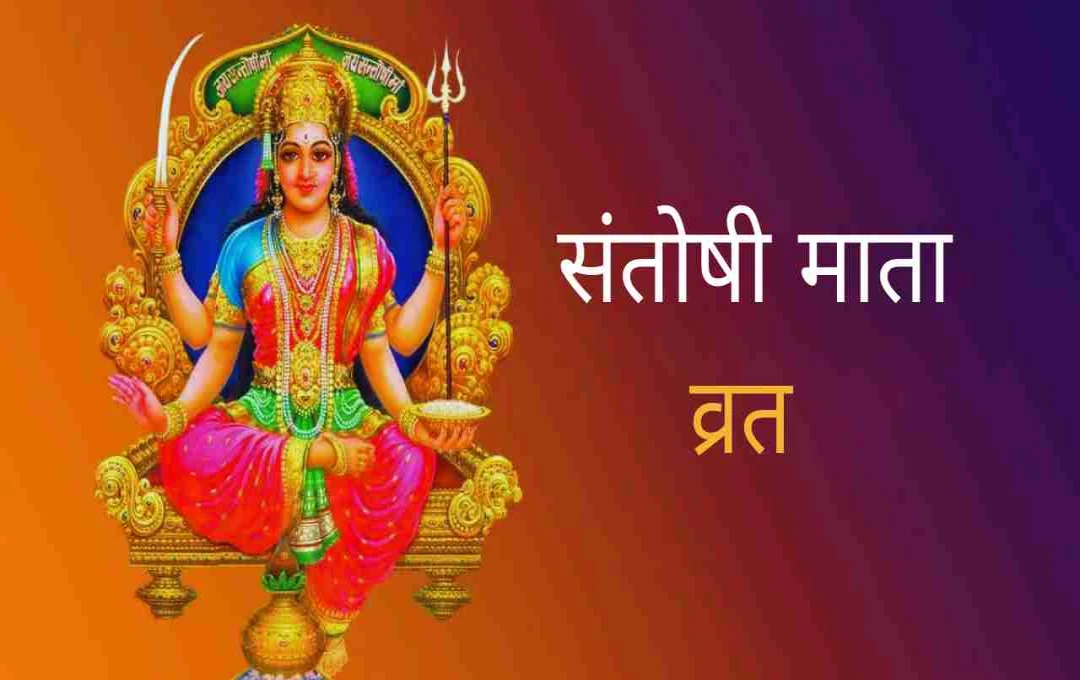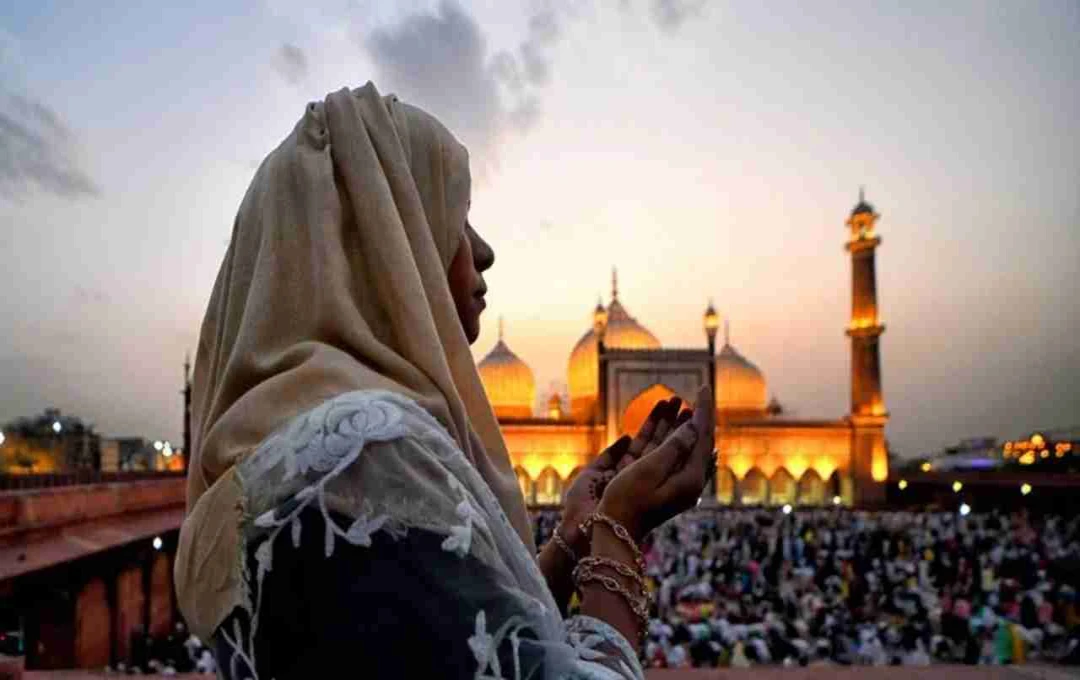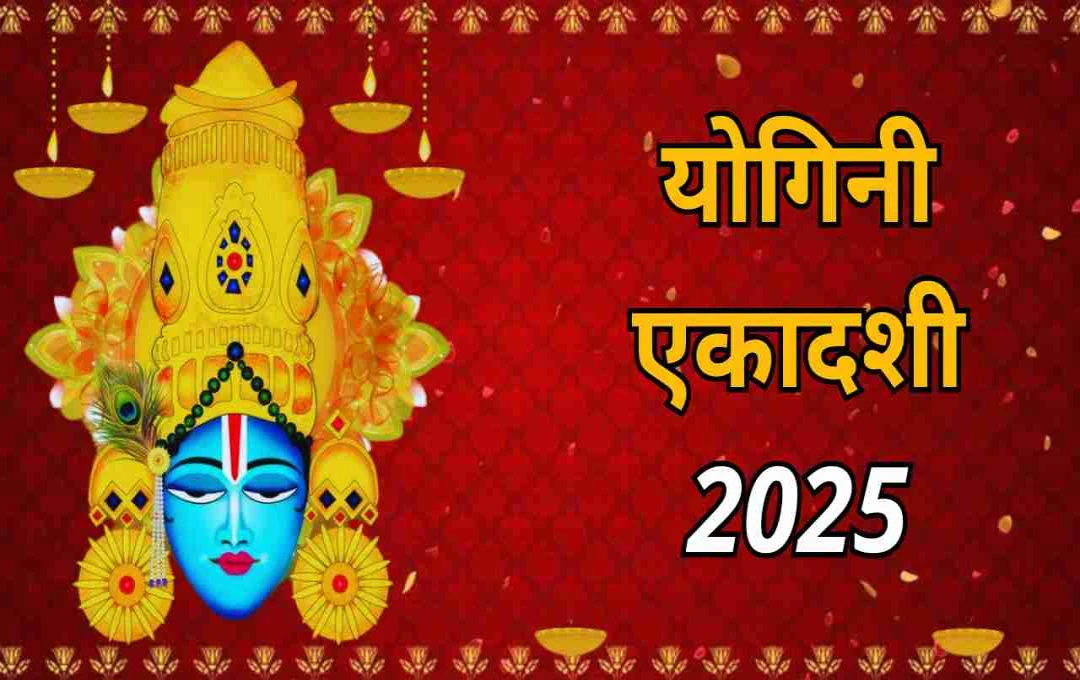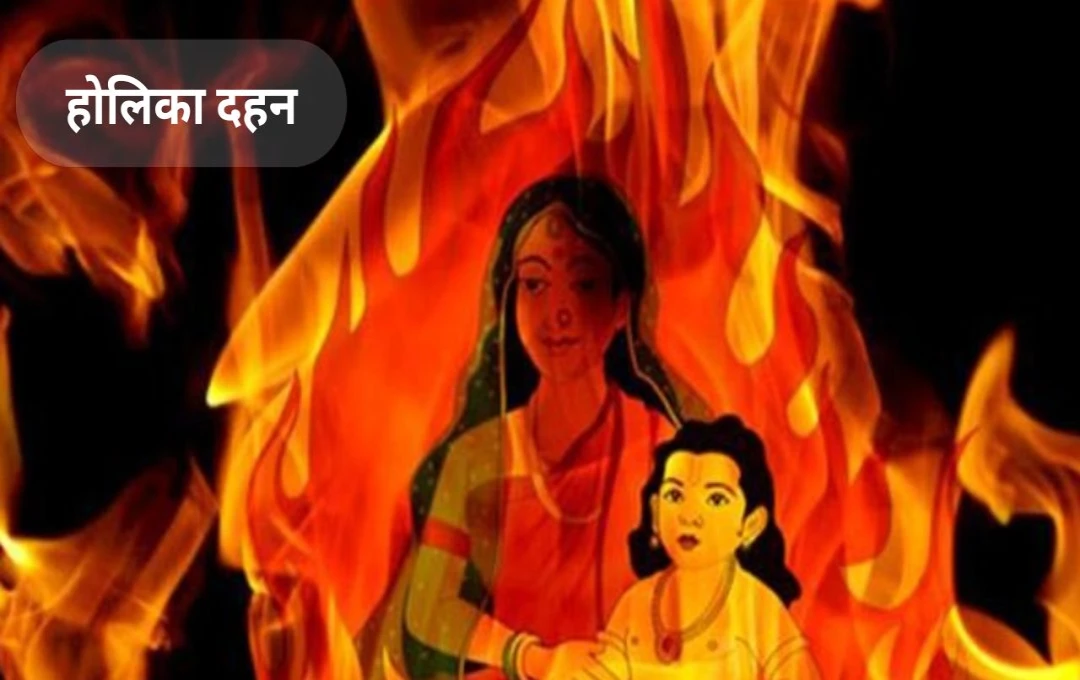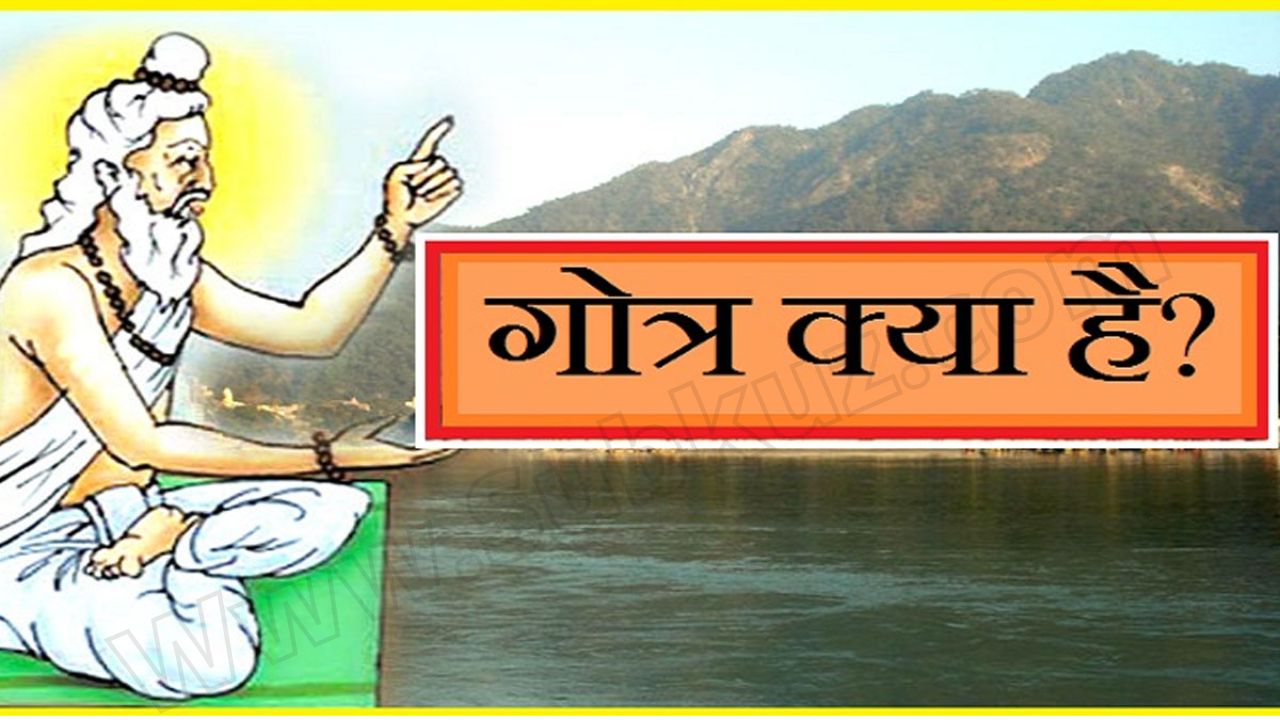Indian religious texts beautifully depict friendship, justice, and righteousness. A significant example is the slaying of Bali by Lord Rama and the subsequent protection afforded to Sugriva, the Vanara king. This narrative transcends a simple tale of war and victory; it offers profound lessons in trust, fear, and true justice. Let's delve into this fascinating episode.
Sugriva's Fear and Distrust of Rama's Power
Vanara king Sugriva lived in constant fear of his elder brother, Bali. Bali's immense strength and valor rendered Sugriva powerless. Overwhelmed by Bali's dominance, Sugriva hid in the Rishyamuka mountain, far from his kingdom and family. He perpetually feared Bali's capture, making his life exceedingly difficult.
When Rama arrived at the Rishyamuka mountain to meet Sugriva, Sugriva found it hard to believe in Rama's power. He reasoned that a warrior as powerful as Bali could not be easily defeated. While he respectfully addressed Rama as "Rajan" (king), doubt lingered in his heart. He questioned whether Bali could truly be vanquished, hindering his complete trust in Rama's ability to help him.
The Tale of Dundubhi and Bali: A Display of Power
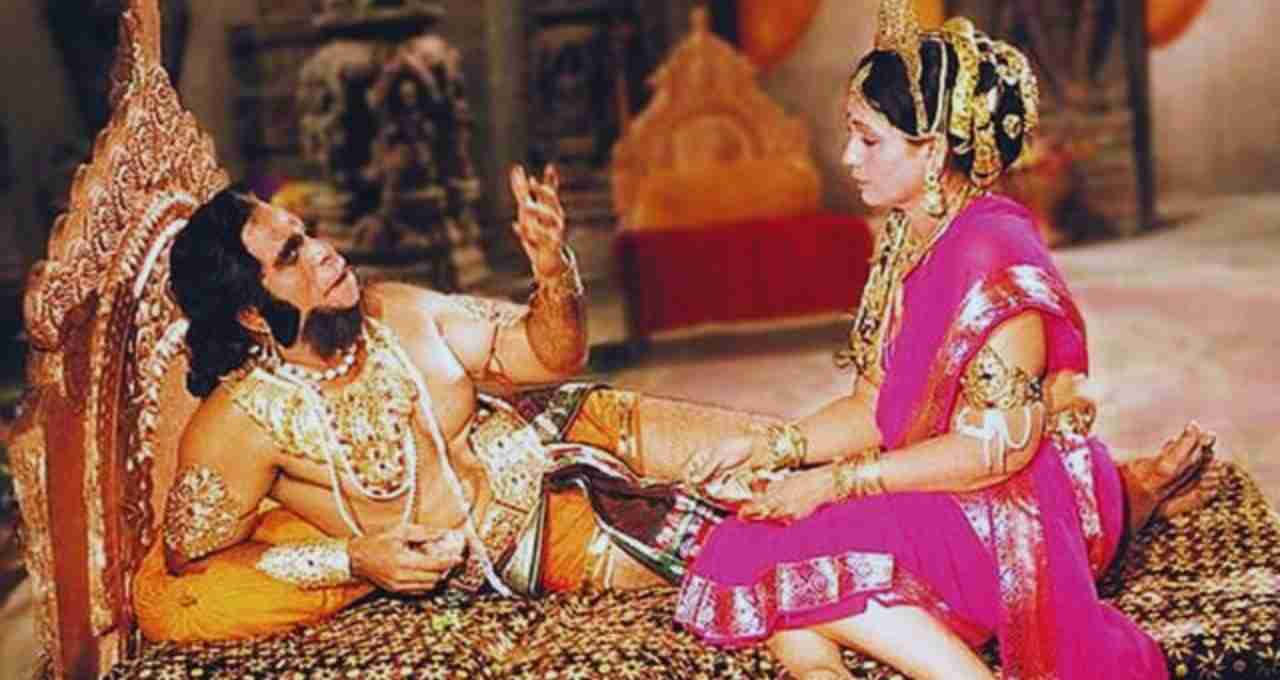
The story of Dundubhi and Bali is both captivating and significant. Dundubhi was a powerful demon, whose strength was said to be equivalent to a thousand elephants. His might was unmatched. Dundubhi challenged the ocean to battle, but the ocean redirected him towards the Himalayas. Many sages performed penance on the Himalayas, requiring protection. To safeguard the sages, Bali killed Dundubhi.
After defeating Dundubhi, Bali threw his corpse so far that drops of blood fell on the sages' hermitages. This resulted in a curse that terrified Bali, driving him to hide in the Rishyamuka mountain. The curse led to Bali abandoning his kingdom and usurping it from his brother Sugriva. Thus, Sugriva remained hidden, fearing a confrontation with Bali.
Upon reaching the Rishyamuka mountain, Rama demonstrated his power to alleviate Sugriva's fear. Rama hurled Dundubhi's skeleton ten yojanas (an ancient unit of distance) away and then pierced seven Sal trees with a single arrow. This display convinced Sugriva of Rama's immense power and the possibility of defeating Bali. Hope was rekindled, and Sugriva decided to join forces with Rama to fight Bali.
The Beginning of Rama and Sugriva's Friendship
The friendship between Rama and Sugriva marked a pivotal point in the narrative. Rama assured Sugriva of his help in regaining his kingdom and wife from Bali. While Sugriva trusted Rama, his fear of Bali remained profound. Nevertheless, he pledged his allegiance to Rama, particularly in assisting with the search for Sita.
Sugriva's fear of Bali was so intense that he felt his own abilities were limited. When Rama began preparations for the battle against Bali, Sugriva lamented that even if he were an archer, he would still have failed to kill Bali. This reveals Sugriva's perceived weakness and his fear in the face of Bali's power. However, witnessing Rama's might instilled courage in him.
This friendship brought a transformative change in both their lives. Rama dispelled Sugriva's fear, assuring him of the possibility of defeating Bali. This emboldened Sugriva to participate in the fight against Bali with renewed vigor, aided by Rama's support. This friendship is one of the most beautiful and inspiring stories in the Ramayana.
Bali's Killing and Justice
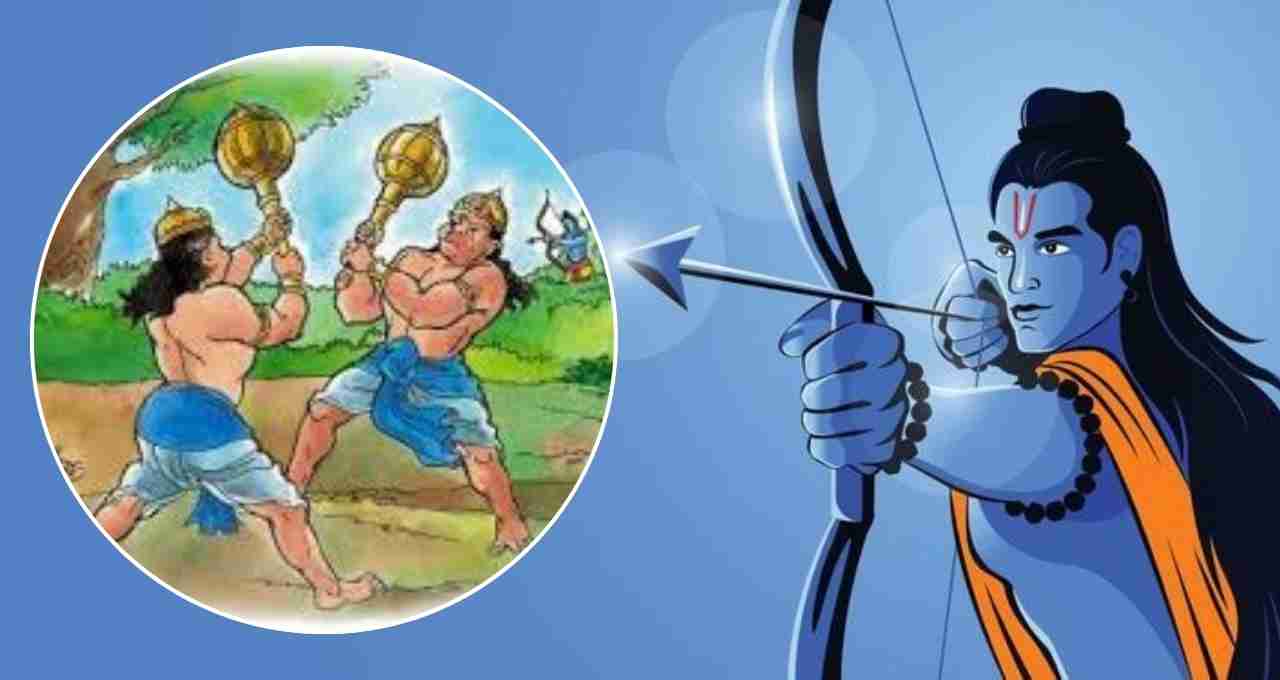
Bali's slaying is a significant event in the Ramayana, deeply intertwined with principles of justice and righteousness. When Rama and Bali first encountered each other, Rama did not kill Bali because he could not fully identify him. Rama's impartiality in battle, his refusal to attack without complete information, demonstrates his commitment to justice and dharma (righteousness).
However, upon witnessing Bali's unjust actions, his attempt to seize his brother Sugriva's wife, Rama decided to kill him. In this battle, Rama directly targeted Bali because of his wrongful conduct. This act was not personal vengeance, but a defense of the kingdom and dharma.
Interestingly, Rama did not use words like "aham" (I) or "avaam" (we two), but "vayam" (we all). This signifies that Rama's act was not solely for himself, but on behalf of society and dharma. Rama's action conveyed the message that wrongdoers must face appropriate punishment to maintain justice and peace in society.
Lessons from this Episode
Overcoming Fear and Distrust: Sugriva's fear of Bali prevented him from trusting himself and Rama's power. Rama's display of strength dispelled Sugriva's fear, fostering faith in the possibility of defeating Bali. This teaches us that overcoming fear and doubt and maintaining faith can help us conquer even the greatest challenges.
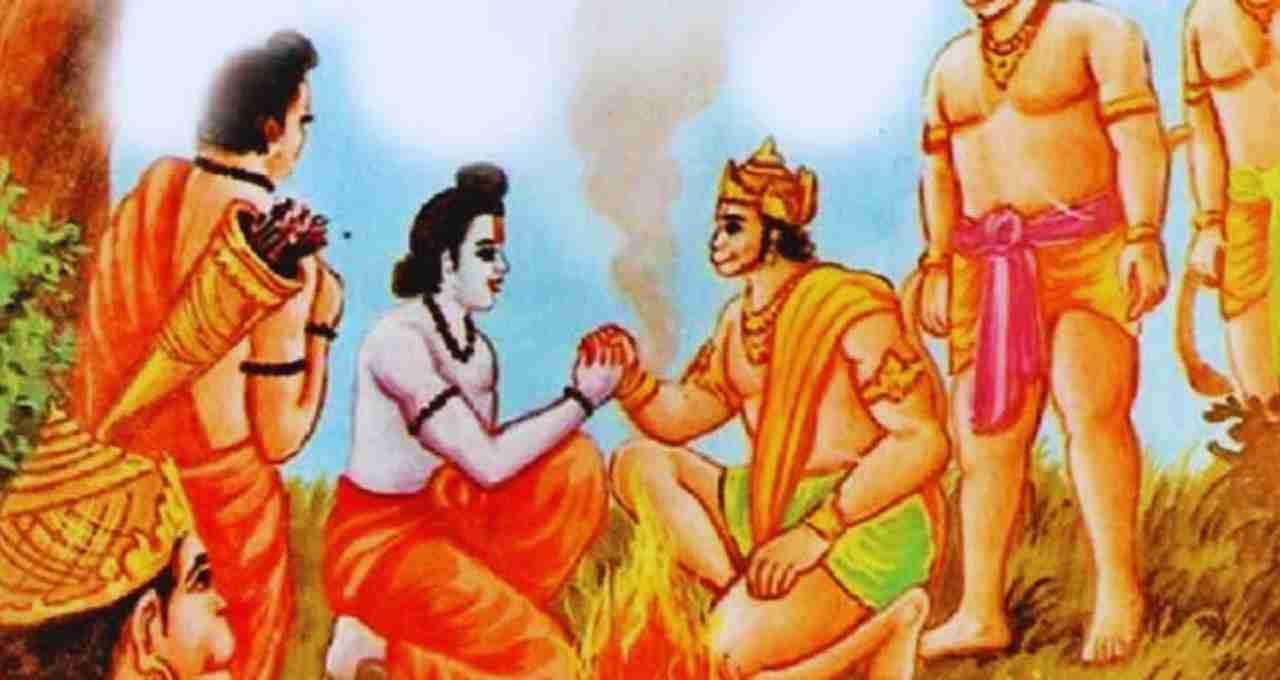
Identifying a True Friend: The friendship between Sugriva and Rama was built on trust and commitment. Both pledged to help each other, confronting their enemies together. This highlights the importance of trust and mutual support in friendship. No relationship can thrive without trust.
Protecting Dharma is Essential: When Bali acted unjustly, attempting to seize Sugriva's wife, Rama punished him. This underscores the necessity of confronting injustice, regardless of the perpetrator. Upholding dharma and justice forms the bedrock of society.
The Right Use of Power: Rama used his power not for selfish gain, but to protect justice and dharma. This emphasizes the importance of employing our strength justly and righteously to maintain peace and order in society.
This episode clearly demonstrates Rama's adherence to dharma, justice, and friendship in slaying Bali. He overcame fear and distrust, partnering with Sugriva to vanquish injustice and establish justice and peace. This story inspires us to use power for righteous purposes and uphold true dharma.
